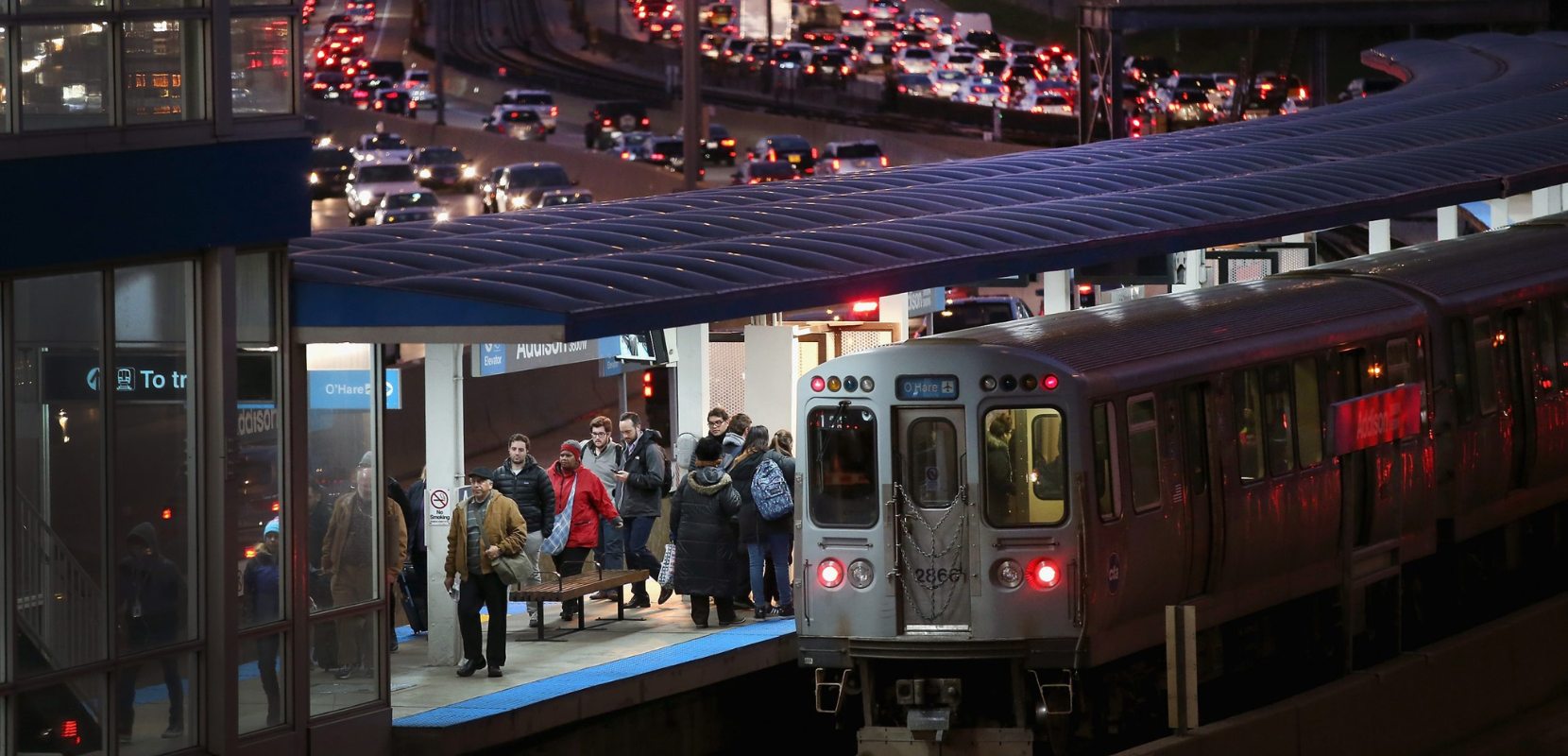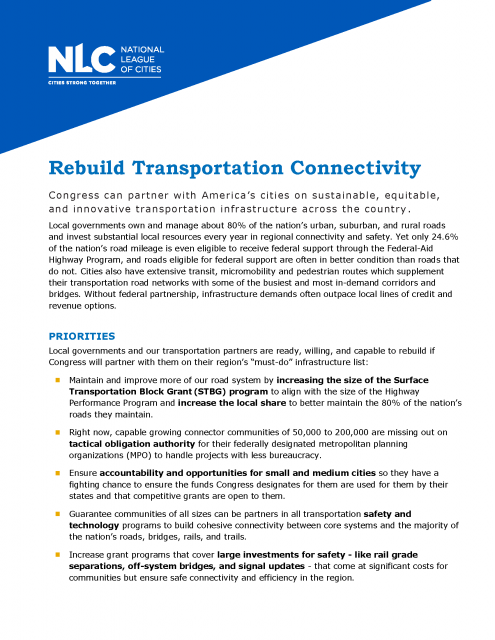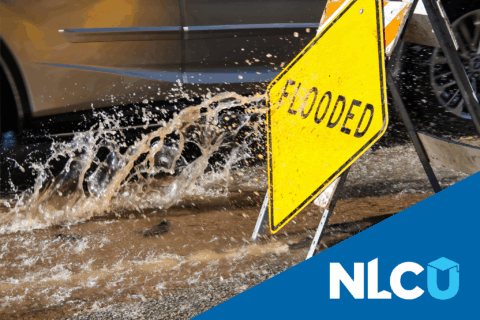America’s cities are leading the way on sustainable, equitable, and innovative transportation infrastructure across the country. Local governments own and manage 80 percent of the nation’s urban, suburban, and rural roads and have invested substantial local resources in regional connectivity and safety. Without federal support, infrastructure demands outpace local lines of credit and revenue options. To rebound after the pandemic, cities see opportunities to rebuild while traffic has eased, invest in the local freight network carrying deliveries to urban and rural doorsteps, and continue to use technology to enhance the reliability of our existing system.
City Priorities
Increasing local access to the Surface Transportation Block Grant (STBG) program
The primary transportation formula funding used by our metropolitan planning organizations (MPO) to meet project needs for communities of all sizes in the region. STBG sub-allocation increases will support large regions of 200,000 or more residents who are prepared to take on more rebuilding projects. Growing connector communities of 50,000 up to 200,000 residents are missing out on strategic obligation authority for their MPOs, which would empower them to quickly move STBG investments. Congress allocates a portion of STBG for the states to spend on small communities’ needs, but small towns lack consistent input into the use of their STBG funds. Increasing and modifying this flexible transportation program substantially would improve the connectivity and clear outcomes across the nation
Communities of all sizes can be partners in safety and technology programs
Ensuring communities of all sizes can be partners in all transportation safety and technology programs to build cohesive connectivity between core systems and the majority of the nation’s roads, bridges, rails, and trails. Additionally, Congress should consider increasing grant programs that cover large investments for safety like rail grade separations, off-system bridges, and signal updates that come at significant costs for communities but ensure safe connectivity and efficiency in the region.
Make regions eligible for innovative, sustainable and resilient transportation pilots
Allowing local governments to contribute solutions to the most pressing challenges in transportation such as testing new funding models and building sustainable transportation options. Congress should make regions eligible for funding and electrification pilots and increasing programs for innovative, sustainable, and resilient transportation, including the existing transportation alternatives and mobility investments to reduce emissions and congestion.
Legislation NLC Supports
- H.R. 2 Moving Forward Act (116th Congress) prioritized a significant increase in transportation funding with an increase to the Surface Transportation Block Grant, transportation alternatives, transit funding, and more.
- H.R. 510: Support Local Transportation Act to increase the percentages of program funds required to be allocated to states for each of FY2022-FY2026 for surface transportation projects in urbanized areas with a population of over 200,000, non-urban areas with a population greater than 5,000, and other areas of the state.
- S.652 – Moving FIRST Act to establish the Strengthening Mobility and Revolutionizing Transportation (SMART) Challenge Grant Program to promote technological innovation in our Nation’s communities.










